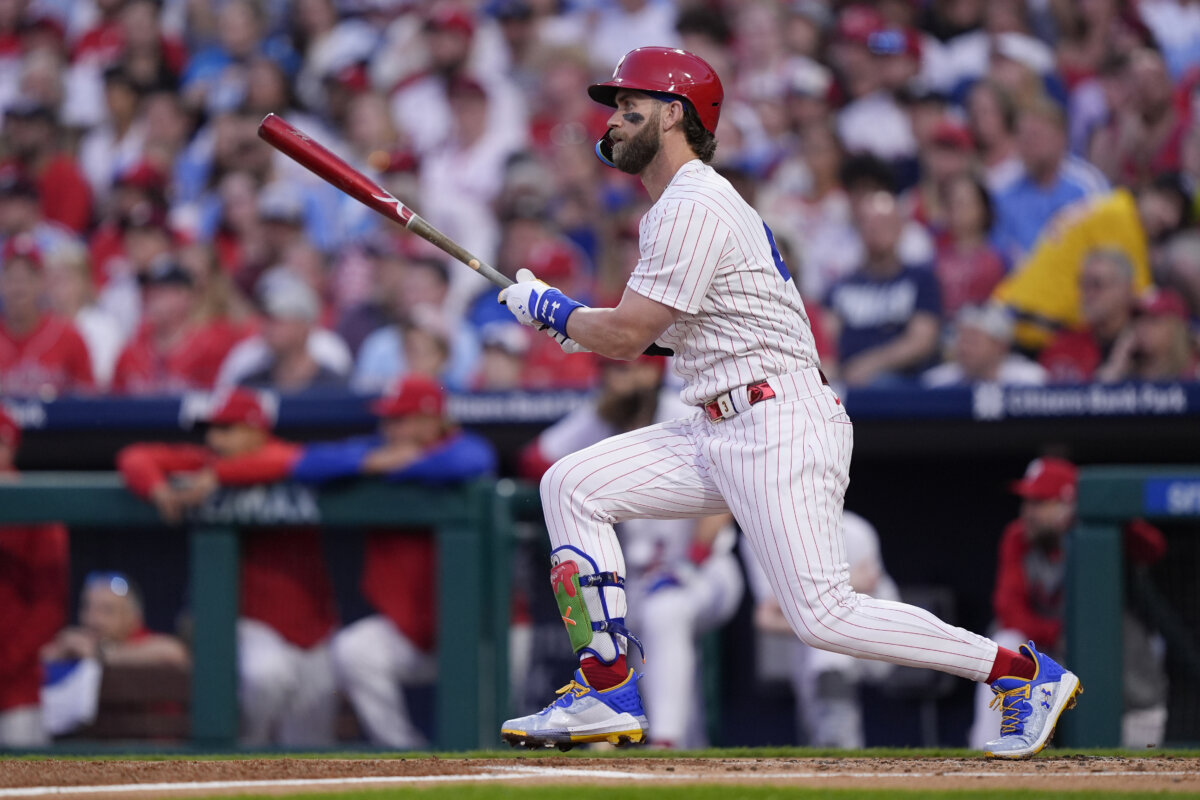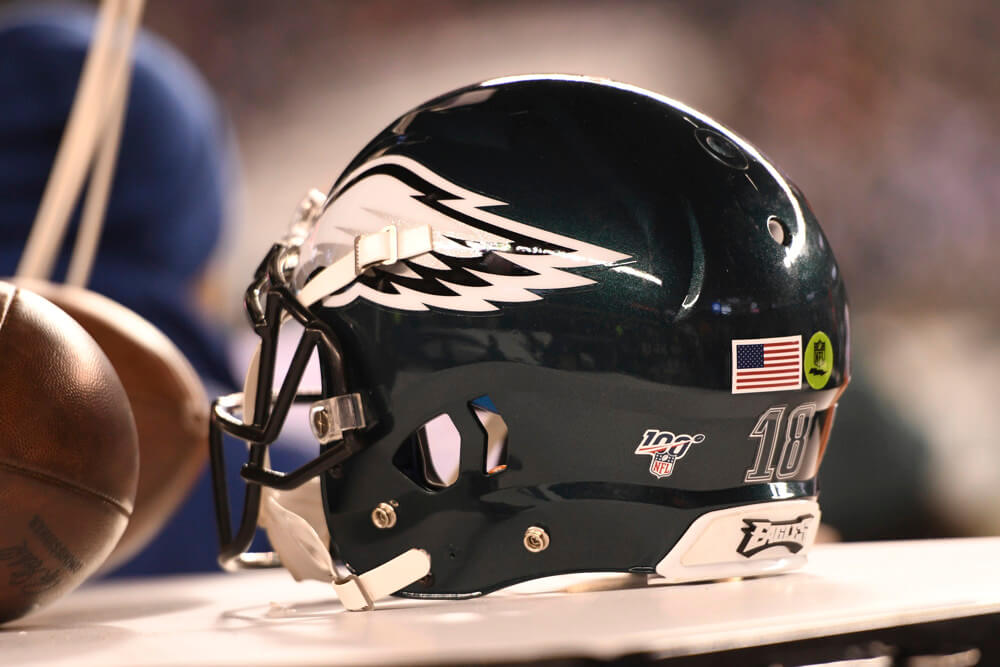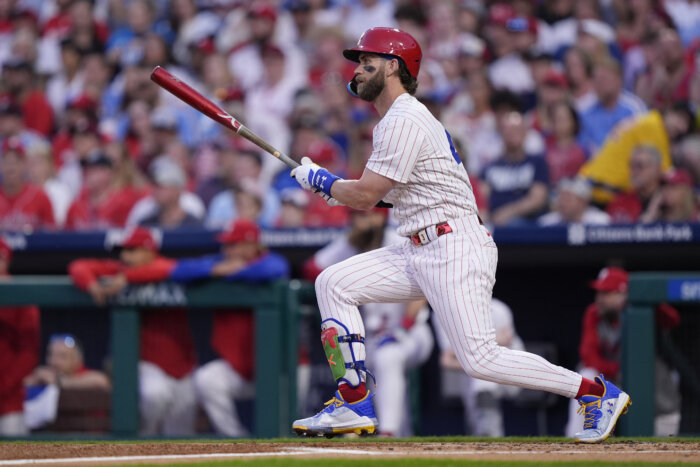Editor’s note: This story first appeared in amNewYork Metro.
Major League Baseball might stand to lose the most out of the prominent North American sports leagues during the coronavirus pandemic.
The NBA and NHL have between 10-15 games remaining in their regular season before the playoffs, presenting the opportunity for those leagues to carry out a truncated conclusion to the year.
Meanwhile, the NFL could play close to a full season if the outbreak is subdued by the fall.
Every passing day for baseball, however, is a day lost as Opening Day originally scheduled for March 26 was suspended indefinitely.
With the long haul of a 162-game season, a delayed start to the season would force the league to pack in as many games as possible to recreate anything close to a full season — which will fall woefully short given the trajectory of the return of sports.
Even when that green light to resume baseball is given, there will need to be a ramp-up period to get the players acclimated for regular-season baseball. It will be a vital step for ballplayers who have been forced to condition from their homes, alone, because of isolation and quarantine measures.
Four outfield players, the pseudo-spring-training wouldn’t have to be too long. But for pitchers, it’s a completely different story, according to one expert.
Ron Wolforth is the founder of the Texas Baseball Ranch and a long-time pitching trainer who has worked alongside the likes of noted MLB arms in Justin Verlander of the Houston Astros and Trevor Bauer of the Cincinnati Reds.
A hasty return to baseball after activities are given the OK to resume could be disastrous for pitchers as the likelihood of injuries would skyrocket.
“A new threat to throwing athletes will emerge amidst the COVID-19 outbreak,” Wolforth said. “Soft tissue needs preparation for the stresses of high-intensity throwing, and now the normal ramp-up time has been interrupted, so the risk to soft tissue could increase.”
It makes working out vital for pitchers during the coronavirus freeze.
“Pitchers need to take a work-while-you-wait approach. The old saying, ‘If you don’t use it, you will lose it’ is 100% true,” Wolforth said. “To minimize the risk of injuries, purposeful throwing must be maintained, and a consistent overall conditioning program should be adhered to.”
Pitching injuries have already seen a dramatic increase in recent seasons — especially those who need Tommy John surgery to replace a torn ligament (a form of soft tissue) in the arm. A healthy tendon from the arm or leg is usually taken and threaded through holes drilled into the bone above and below the elbow.
Since Tommy John first underwent the procedure that now bears his name in 1974, a total of 1,877 of those surgeries have been performed on major and minor leaguers.
In just the last 10 years, since Jan. 1, 2010, 1,235 (65.8%) of those Tommy John surgeries have been performed, according to MLB Player Analysis.
While professional baseball is continuously puzzled by the lack of long-term health afforded to a majority of its pitchers, it’s obvious that the spike in injuries is a byproduct of the stress hurlers put on their arms for such a long time. Most pitchers begin developing their craft (i.e. secondary pitches like breaking balls) at a young age to the point where their arms have considerable wear and tear on them by the time they’re ready to make the jump to the pros.
Going from an extended absence to regularly throwing top-notch stuff is a recipe for disaster for today’s pitchers — one that Wolforth is trying to avoid.
“Just playing catch on a regular basis is far better than a shutdown,” Wolforth said. “You can maintain social distance in a yard with one other person and keep your arm loose. Too much inactivity puts you in catchup mode. If you take a week off it will take you two weeks to get back to the conditioning level you were at before the time off. Take off a month and it will take you six weeks.
“This is not a time to over-rest the arm and let the soft tissue atrophy. The longer and more gradual the ramp-up to pitching competitively, all things being equal, is the safest approach to health and durability of the arm.”




























